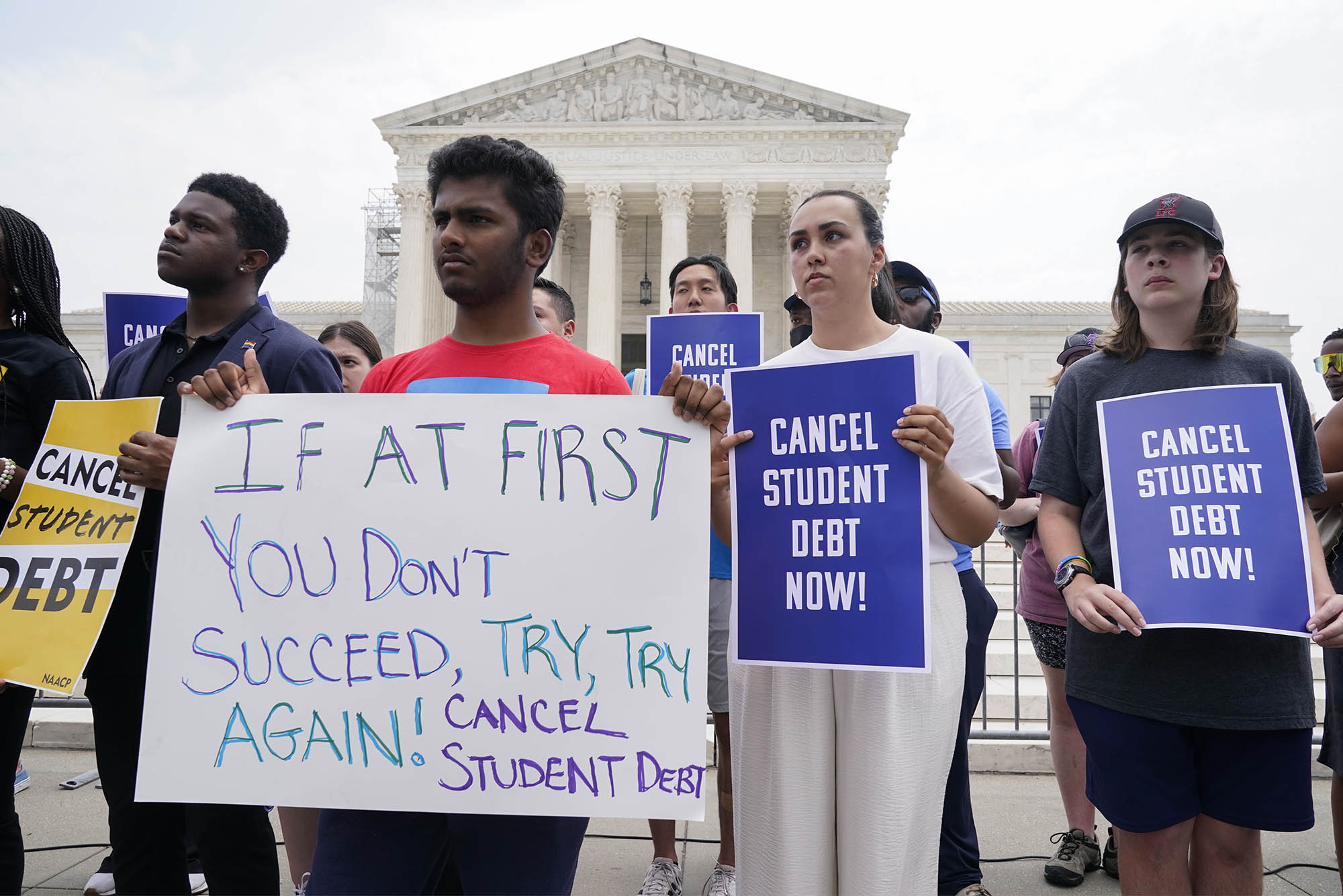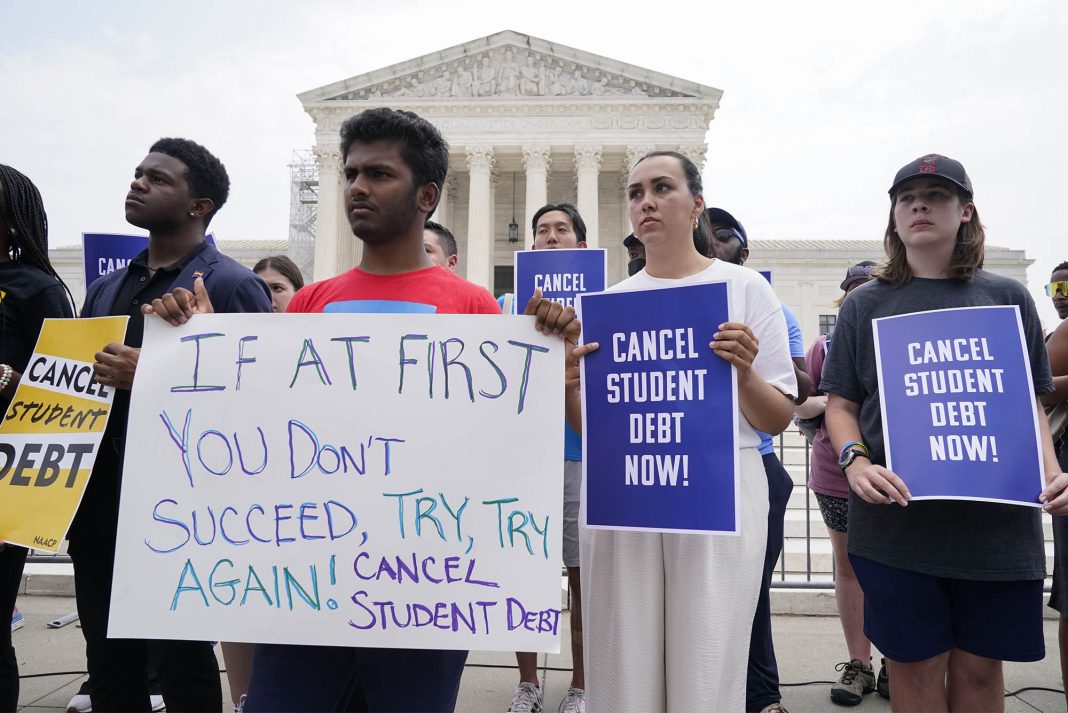 Title: The Costly Decision to Modify the HECS-HELP Debt Calculation
Title: The Costly Decision to Modify the HECS-HELP Debt Calculation
Introduction:
Prime Minister Anthony Albanese’s small target strategy during the election has put him in a challenging position of lacking a clear agenda in government. To solve this problem, he is turning to the example set by President Joe Biden in the United States. One recent decision made by the government is modifying the calculation of HECS-HELP debt, a move that mirrors Biden’s cancellation of student debt. However, it remains uncertain if Albanese’s beneficiaries will truly benefit from this change.
HECS-HELP Scheme: A Sweet Deal for Students and Tertiary Institutions
The HECS-HELP scheme, introduced in 1989, is an innovative system that allows students to repay their education loan through a marginally higher personal tax rate. Unlike traditional loans, there is no interest charged on student debt. Instead, it is indexed to inflation, maintaining the loan’s real value while not providing any real return for the government. Loan repayments begin once the student reaches a certain income threshold and increase as income rises. If a student never earns enough to repay the loan, it is eventually written off. This system benefits both students and tertiary institutions, as it enables access to education without burdening students with excessive debt.
The Implicit Subsidy and Cost Savings
The difference between what students pay the government through HECS-HELP and what they would have to pay a commercial provider represents an implicit subsidy. This figure fluctuates, but it could have saved the government $13 billion in 2020, $11 billion in 2021, and $5 billion in the last financial year. The Reserve Bank of Australia’s figures suggest that these savings are conservative, as student debt essentially functions as a personal loan with no asset for repossession.
The Problem with Albanese’s Decision
Albanese’s decision to add another $3 billion to the government’s cost is questionable from both political and economic standpoints. While some argue that education benefits the economy and should be free, this theory ignores the positive externalities generated by non-university workers who contribute through taxes. Moreover, the reduction in the capital of the loan, which amounts to an average of $927.29 for the average student on average weekly earnings, is unlikely to be noticed or appreciated. Instead, students will continue to make their repayments based on income percentage, with the only change being a faster payoff.
Reconsidering the Approach to Education
Rather than increasing costs for the government, Treasurer Josh Frydenberg should focus on reducing the Commonwealth’s liability on education fees. The current over-investment in university education, driven by policies like Education Minister Jason Clare’s Universities Accord, has negative consequences for the country. Not everyone needs a university degree, and when the price signal is absent, it becomes harder for individuals to make informed decisions about their education. Implementing a loan repayment system based on amortization over a set term, while ensuring deductions are made from pre-tax income via the tax system, could encourage responsible financial choices and discourage unnecessary university education.
The Impact on Inflation and Housing Prices
Albanese’s decision, though not significantly inflationary on its own, sends signals to other sectors that may seek similar concessions. This undermines efforts to control inflation and subsequently affects house prices, making it more difficult for young Australians burdened with student debt to enter the housing market. The loose budgetary position driven by sympathy or empathy may inadvertently exacerbate the challenges faced by first home buyers.
Conclusion:
The decision to modify the HECS-HELP debt calculation comes with political and economic implications that may not produce the desired outcomes. Rather than focusing on increasing costs for the government and potentially distorting the education system, policymakers should consider alternatives such as implementing a loan repayment system based on amortization. This would enable students to grasp the real cost of their degrees, make more informed employment decisions, and ensure the sustainability of the higher education sector.


